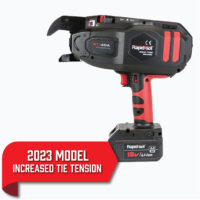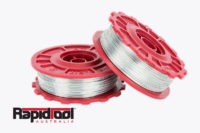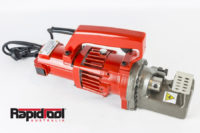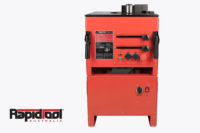Rebar tying is an essential step to ensuring the stability of reinforcing steel bars to create a robust structure. Although the process has been performed traditionally with manual tools, you now have the option to use a rebar tie machine to speed it up and ensure accuracy and safety. It will prove to be a great investment down the line when it saves you a lot of time and money associated with project delays, sick days and medical bills. You just need to find the right rebar tie machine.
Things to consider
There are different types of rebar tiers in the market. Professional rebar tie machines are industrial-grade and designed to last long. Some are designed only for jobs with minimal requirements and might not be designed for long-term use. When making a choice, you’ll have to think about the requirements of your project, how often you’ll need the equipment, the size of the rebar and the work environment.
Make sure it’s efficient
Look for an automatic rebar tie machine that is lightning quick and capable of tying steel bars in 0.6 - 0.8 seconds. It should have enough battery power to perform at least 4,500 - 5,000 ties with three or two wraps per charge.
Verify the features
High-quality rebar tiers are powered by Li-ion 18V 4.0Ah batteries. The tool must be lightweight to reduce the impact on your arms and your whole body. Look for a tier with a slim arm, which are capable of tighter ties. Make sure there’s a brushless twisting and feeding motor to help prolong the machine life. Remember to choose a rebar tier that is designed to work with the size of steel bars you’re using. For instance, some models can tie mesh and bar from 12 to 40mm or 30mm to 60mm in total diameter.
Check with credible suppliers and manufacturers
Find a reputable supplier of high-quality rebar tying, cutting, and bending tools and explore their products. Consider adding an electronic extension arm with your rebar tie machine so that you don’t have to bend over in awkward positions when tying steel bars.









